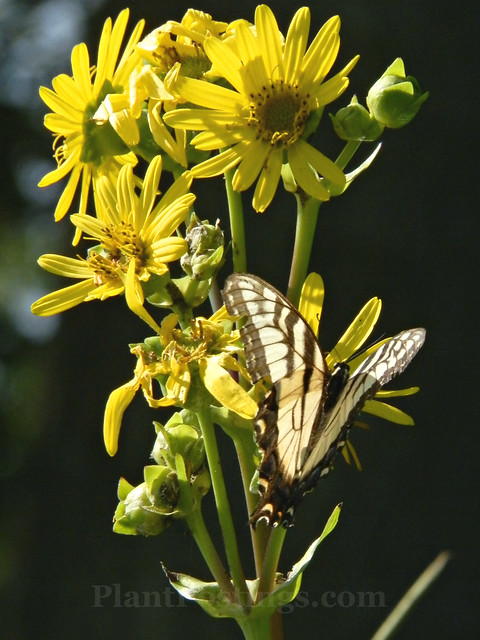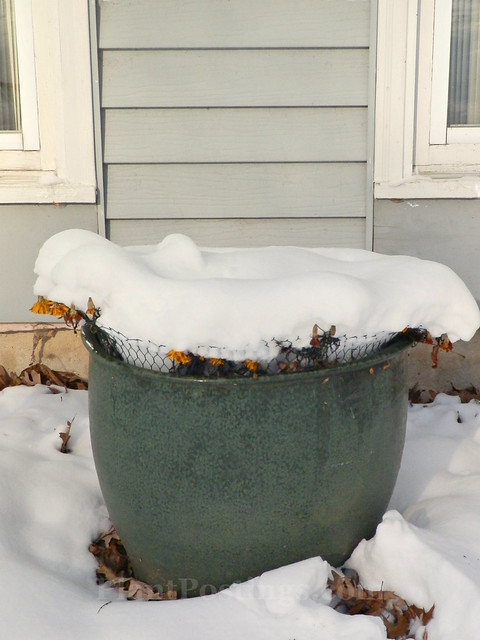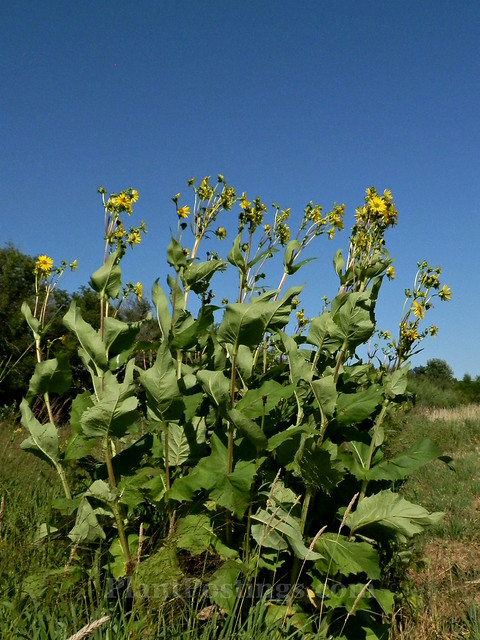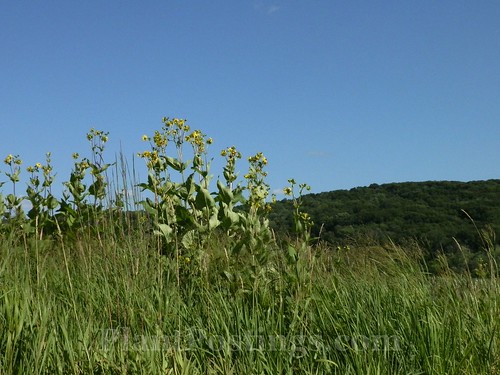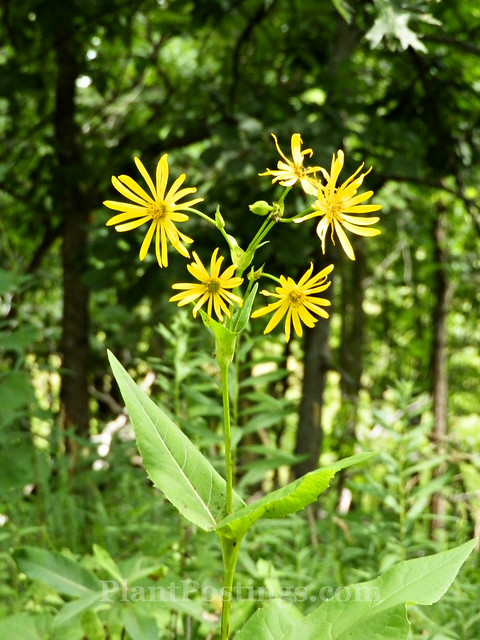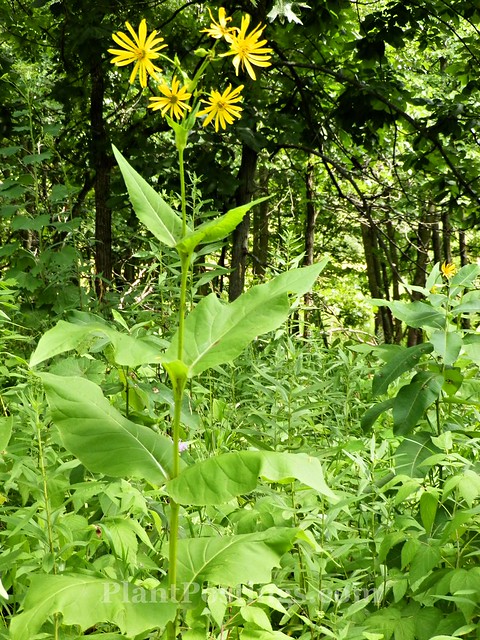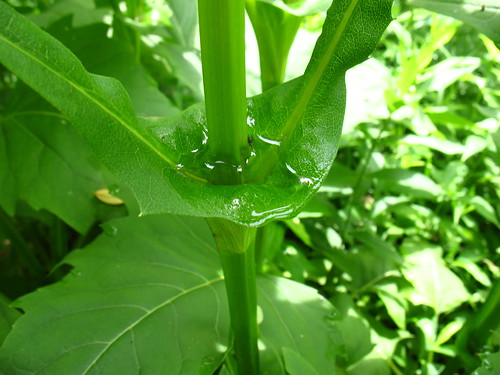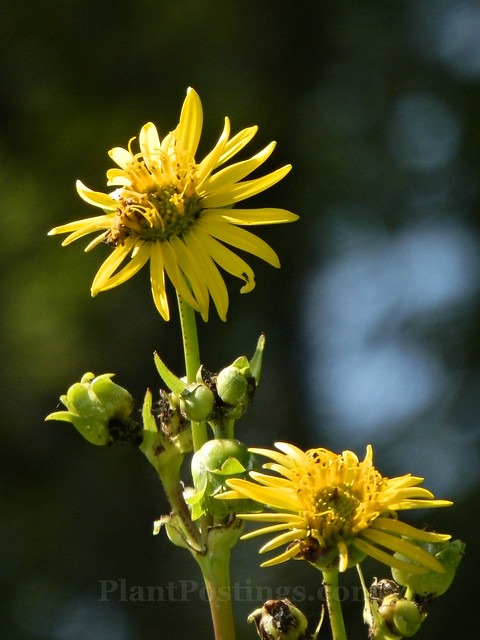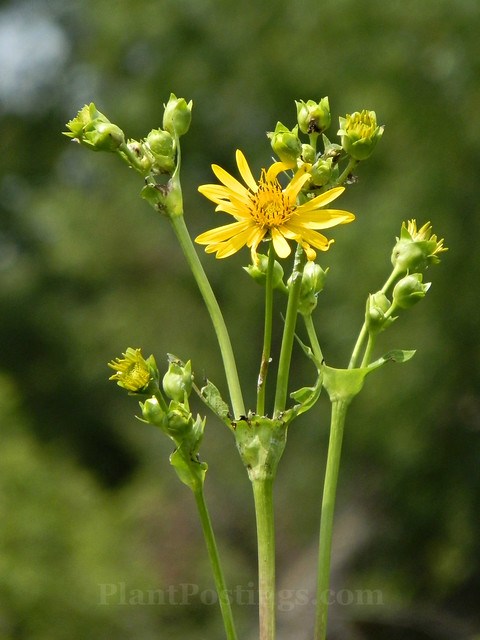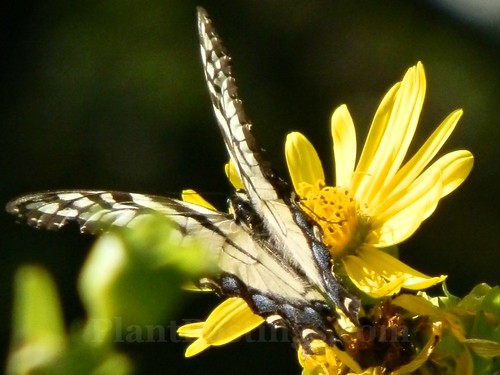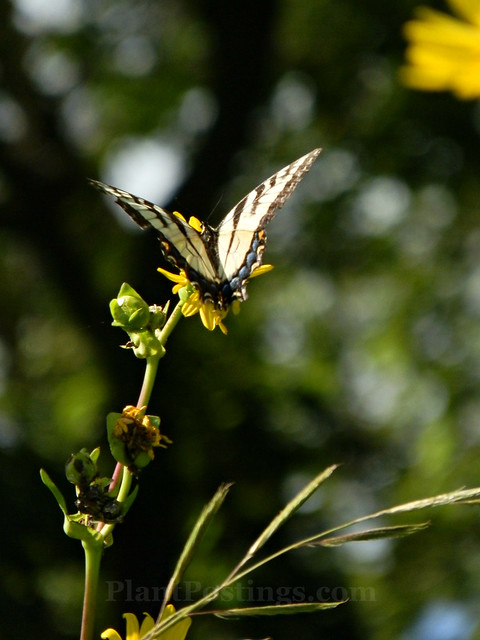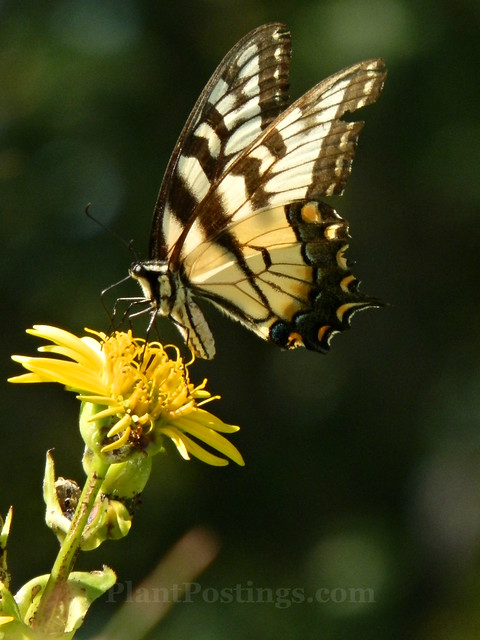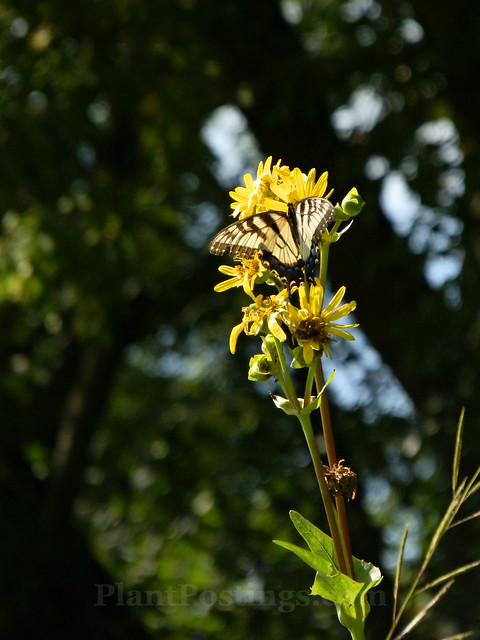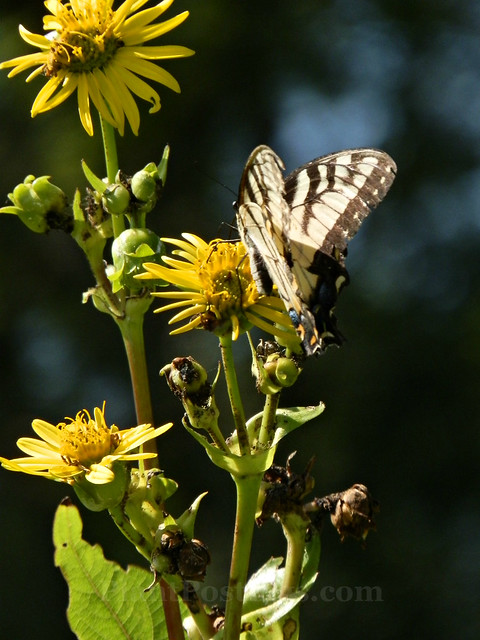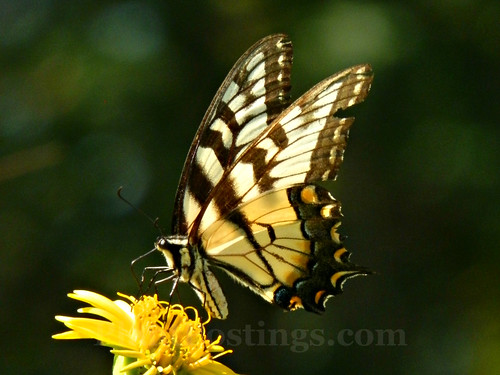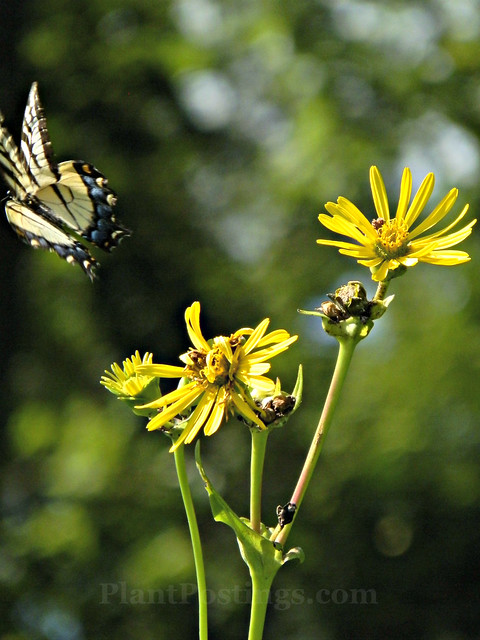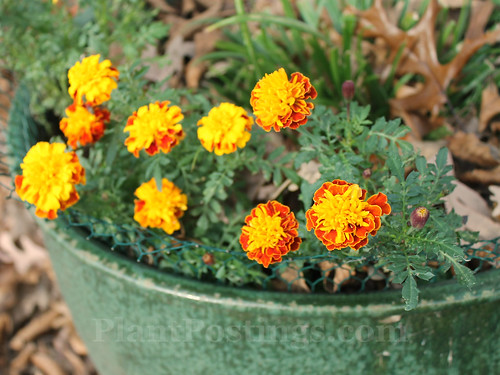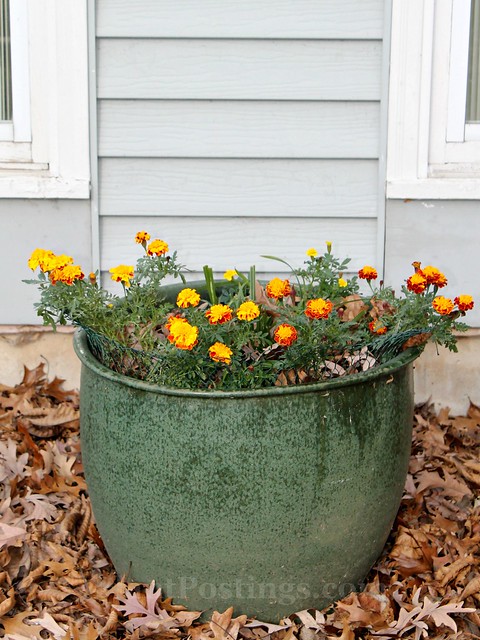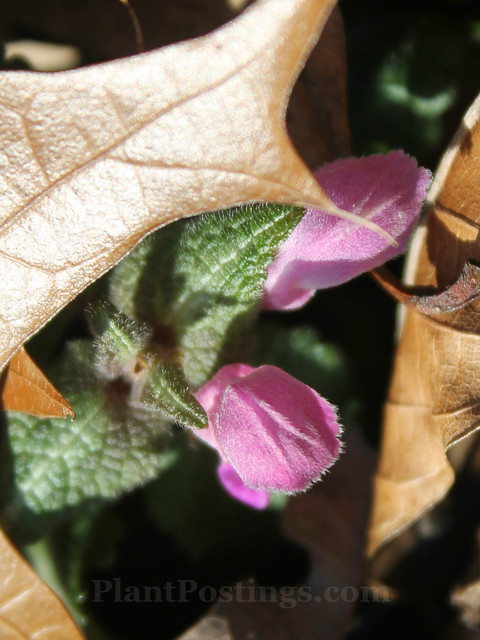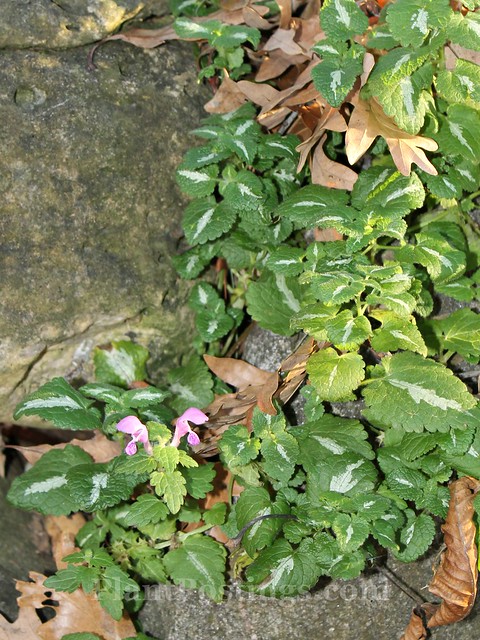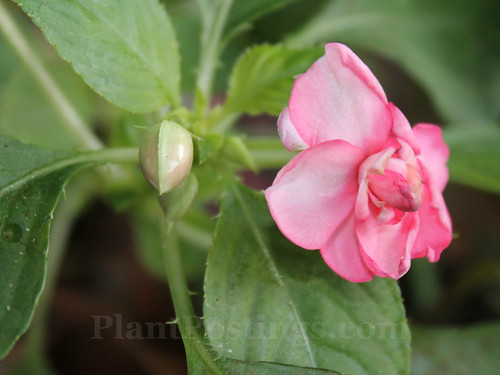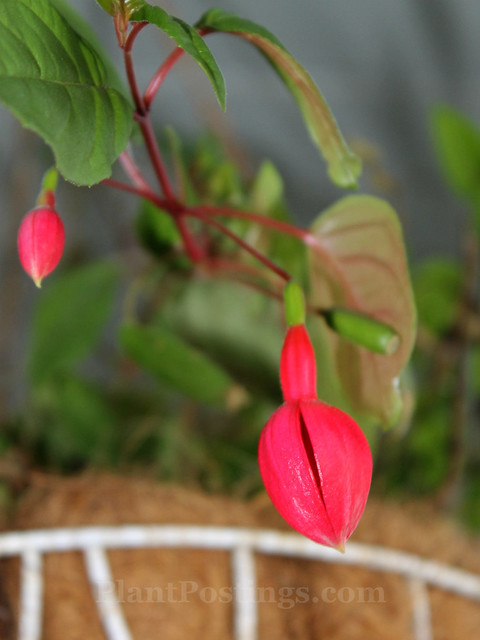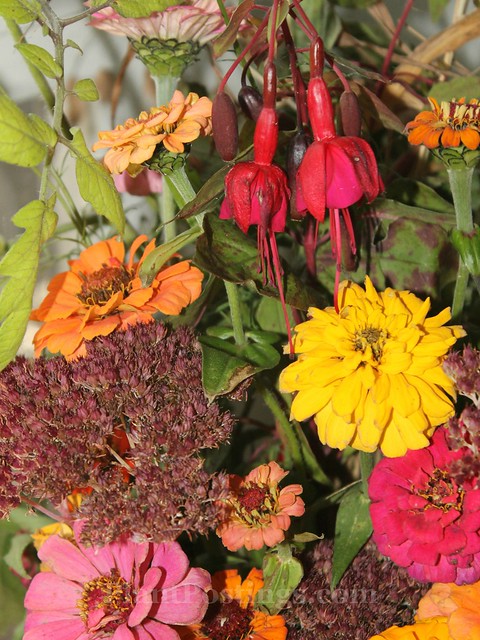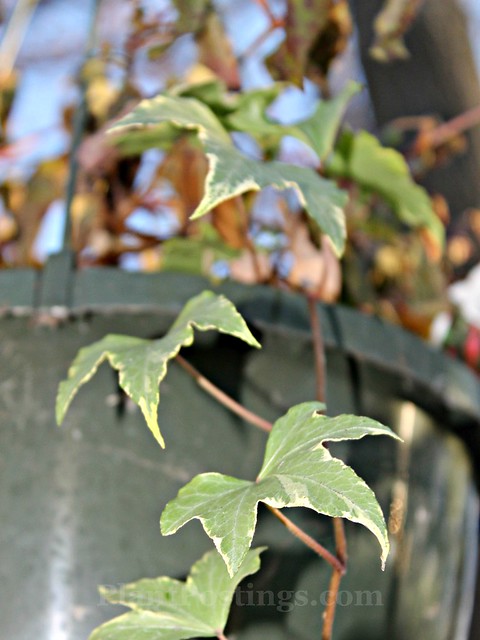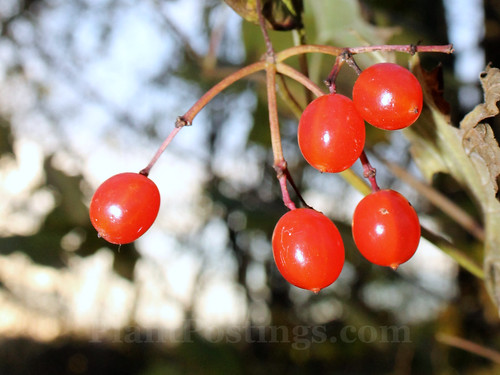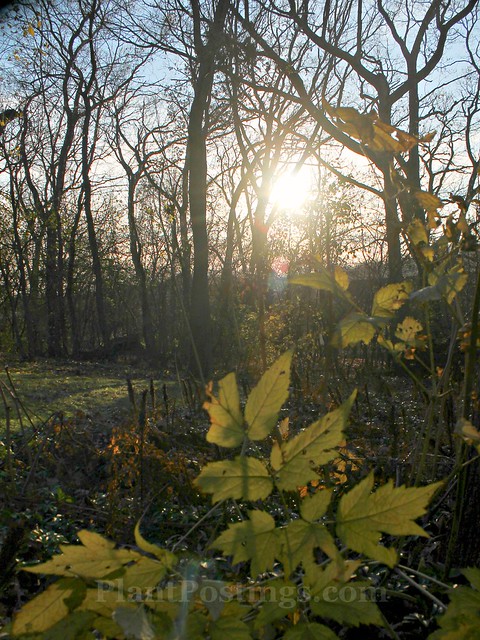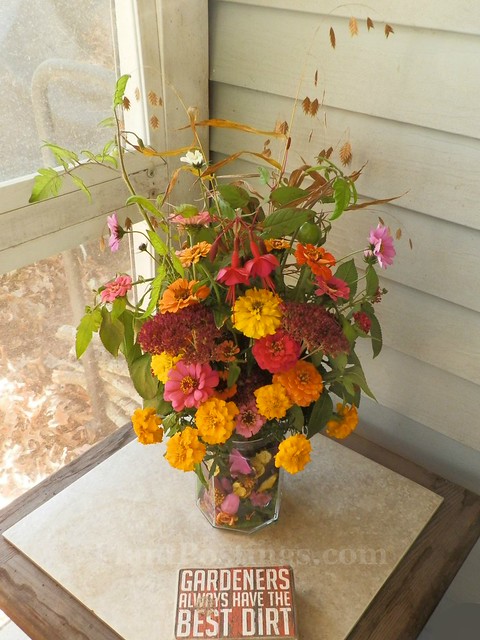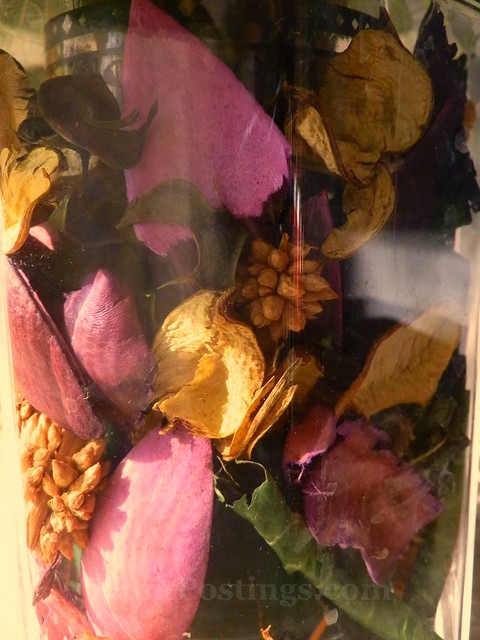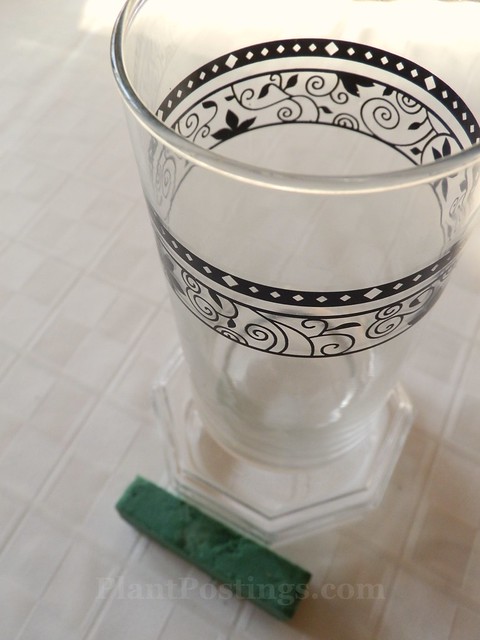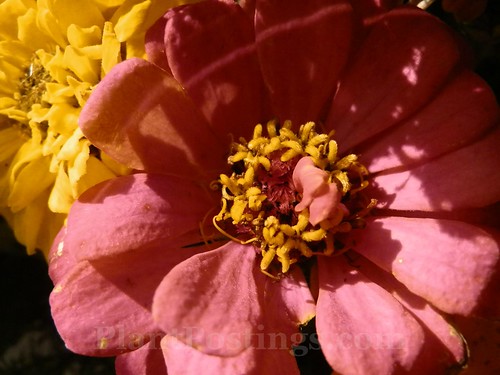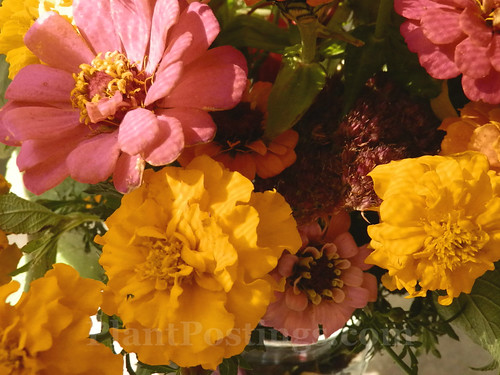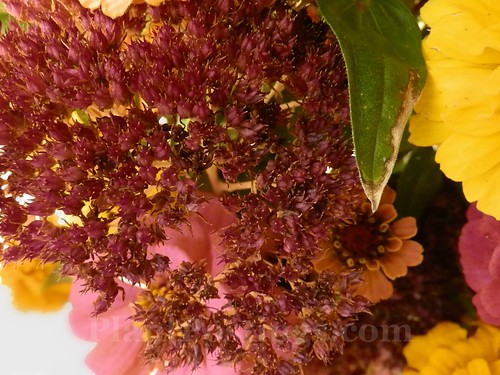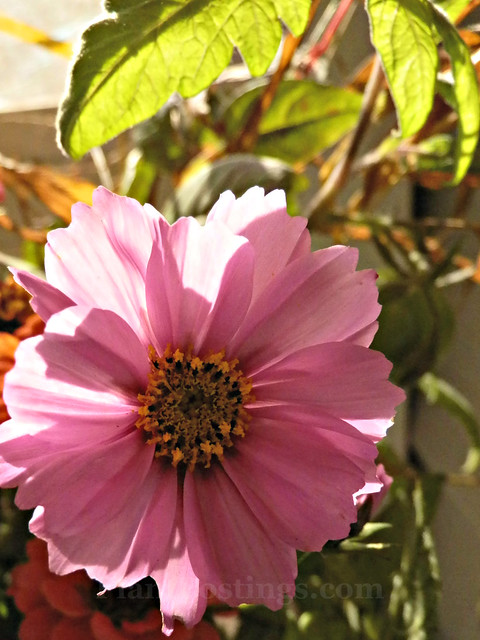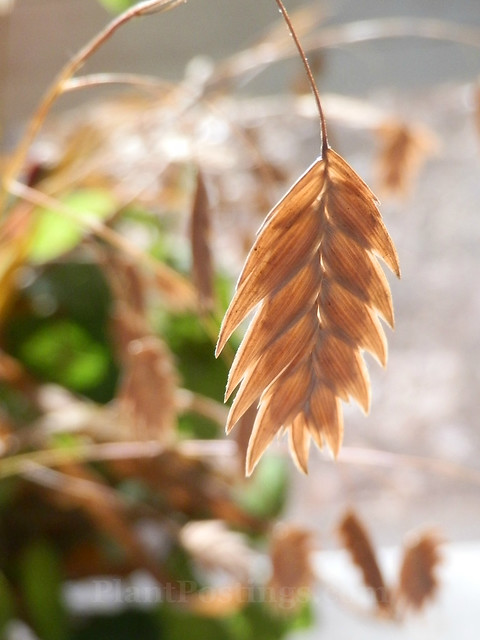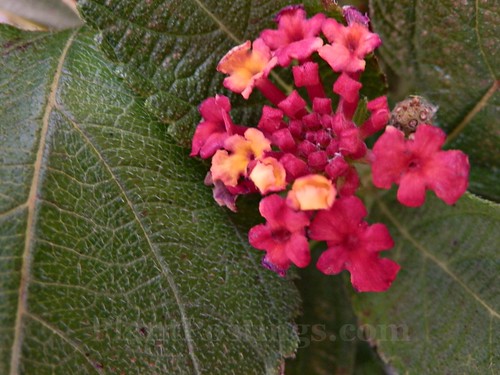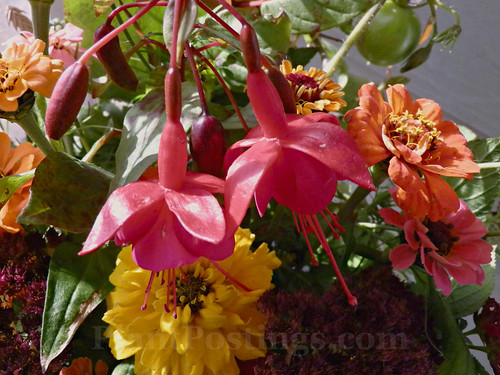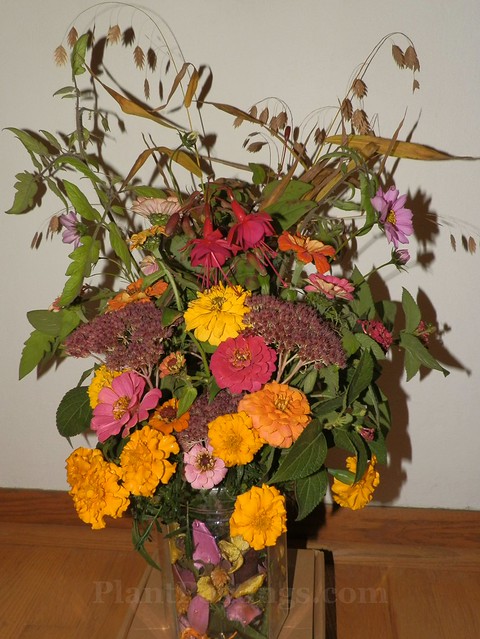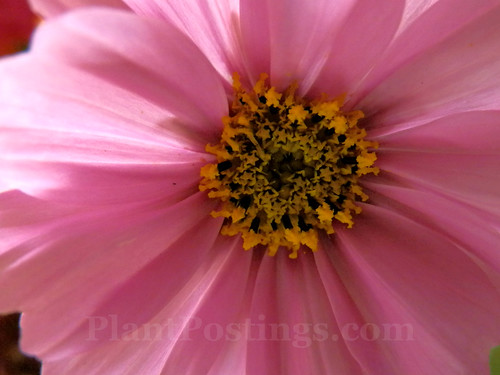~Author Unknown

While contemplating the "angle" for this season's "Garden Lessons Learned" post, I came up with several ideas--both practical and introspective. But I settled on the power and promise of the simple seed, which of course is both factual and miraculous, a blend of art and science, beauty and structure.
Like most people, I've understood--from a very young age--the mechanics and the magic of how a seed yields a plant. I've planted many seeds myself over the years, and watched patiently (and impatiently) over time until they poked their tiny stems and buds through the soil.
But I guess this is the first year (or maybe the first year in a very long time) that I've fully experienced that miracle. I was truly present.
This autumn, I spent quality time contemplating the visual beauty of seed heads in the autumn sunshine, the soft touch and the sensation of harvesting them with my fingertips, and the stunning miracle of knowing that nature and my intervention will yield new plants in a few short months.
Yes, it seems obvious and basic. But if you open your mind, heart, and soul to the gift of what that means, it can bring great joy. A simple pleasure in the midst of a very complicated process.
It's similar to the feeling that comes from truly "experiencing" an art museum. If you simply walk through and cover as much area as you can within a limited time frame ... yes, you'll "get" it. You'll appreciate all the talent that yielded the masterpieces.
But if you stop for a few minutes, an hour, or longer ... and really study one single painting ... you'll "get" it on a much deeper level.
We all know that each seed has the potential to create a new plant. But do we really know it?
* * * * * * * * * * * * * * *
What garden inspirations and lessons have you learned or discovered during the past season?
To join in the "Garden Lessons Learned" meme, simply write a post or share one you've already written about lessons you've learned during the past season. Then share your links or observations in the comments. I'll keep this post up for a few days, and it will be available always under the "Lessons Learned" tab at the top of this blog. I'll share "lessons learned" posts on the PlantPostings Facebook Page closer to the solstice.
Please also join in Donna's Seasonal Celebrations at Gardens Eye View! Feel free to join in with a post that fits both memes, or separate posts for one or both of them.
Happy Holidays!
